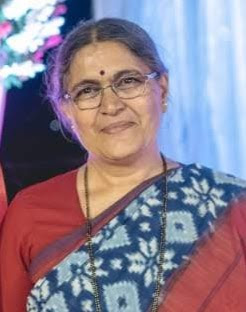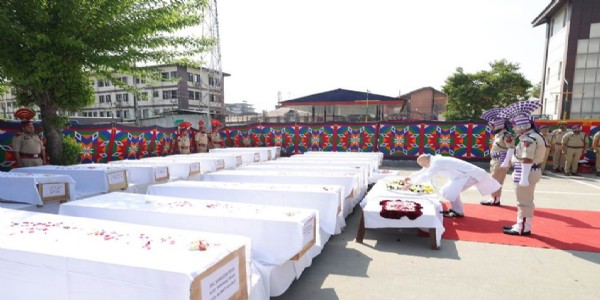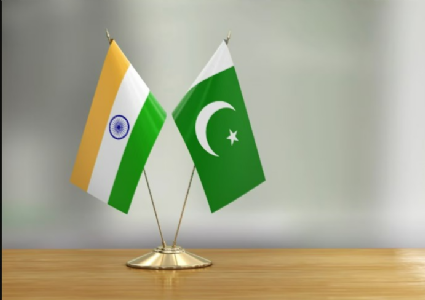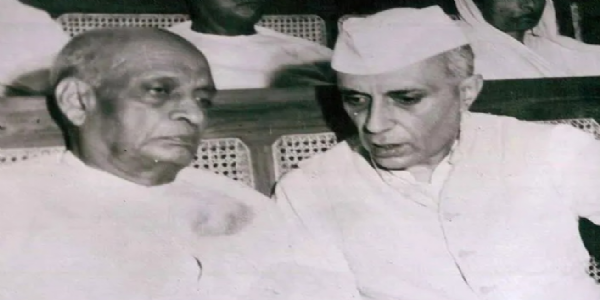Baya alias Anandibai Karve: The Incredible Journey Everyone Needs To Know - I
Total Views | 303
This is the second Anandi I met through her small book 'Maze Puran' ( My Story ) who is fondly addressed as Baya. (Earlier I met Dr Anandi Bai Joshi, she used her maiden name Yamuna in her letters, sometimes she just ended her letters as wife. This Anandi is addressed as Baya even now. Both of them are a constant source of inspiration to those who come across their life stories)
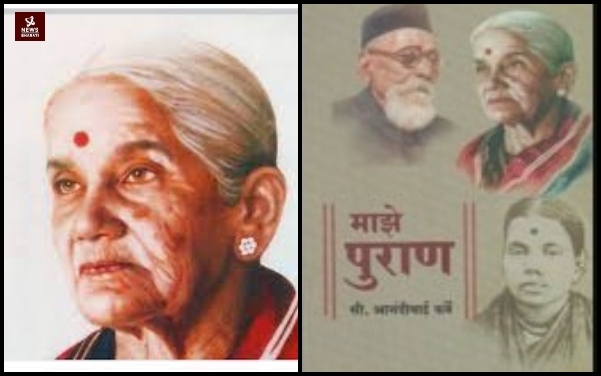
Baya was the second wife of Maharshi Karve who was addressed with respect as Anna. After the death of his first wife, Anna decided to marry a widow, Baya, who was his friend's sister. She was almost 27-28 years old by the time they married. He didn't not want to marry a young girl though it was a quite accepted convention then. They had to face a strong reaction and resistance from society, but none of them blamed society, rather Anna devoted the rest of his life to women's education and Baya was one of the pillars of strength who offered a silent but wholehearted support to his work.
Around 1939 Baya met with an accident, she fell out of the car, which restricted her movements and activities. She was a woman of deeds, a Karma Yogini, who was a detached performer of actions. For a person like her, it was a tough phase of life. She was in a way confined to her bed, as a result, she found this writing as an activity to keep her engaged and found some solace in it. She started writing about her life starting from childhood, this occupied her to a great extent.
When her daughter-in-law, Kaveri Tai Karve read it, she thought that her life sketch was not as simple as it appears.
Her life principles were reflected throughout her writing. In her writing, many would find a guide or a mentor. Of course, she wrote as she could remember, her age played a little mischief, some threads were missing and the writing needed a little editing. Kaveri Tai worked on it and presented it in the form of a book, she did not change the style. Baya's expressions are old-fashioned, simple, not so decorative or flashy, but the convey her thoughts with great clarity.
Kaveri Tai thinks, that working continuously, commitment to her principles, feeling of excessive concern for human beings, and love and affection for all, were the life values of Baya. She helped many orphans who had no one to get support from and to depend upon. She nursed the children with serious infections very carefully whom hardly anyone would think of. Baya was a trained nurse, she felt they too had the right to care.
She helped many orphans as she thought they too were a part of our society and also the future of our society, they should be able to contribute to society as per their ability. So nurturing them, helping them to develop was certainly the duty of the society, she thought.
When the second edition of ' Maze Puran ' was to be published, Kaveri Tai read a few things to Baya and tried to add a few necessary details. The book unfolds her life story her times and her thoughts on many points. Many well-known people wrote the memoirs then, so Baya thought,if she wrote about some incidents of her life, they might be interesting to read for many. Thus, she started writing about her life.
Childhood and Family
Baya's mother too gave birth to 11 children, out of them only 3 boys and 4 girls survived, and the remaining children died very young. Her father had a small piece of land, he used to perform some religious rites for the families around, except the religious rites performed after death. He was a balanced person, her mother was very efficient and looked after the household work which really required great physical energy then.
Baya and her younger sister contracted smallpox, but Baya survived.
Her description of the situation of her childhood surprises readers when one reads that sugar was very scarce then, any home would have a very small quantity of sugar to be used as a medicine or for Pooja.( rather for Panchamrut ) Homes were built using porous rock, no cement, hardly any lime. Baya belonged to a small village Devrukh, Ratnagiri district, from the Konkan region.
Children, especially girls had to help in the household work, and playing with their peers was barely possible,rather her mother could not afford it, as she was the only one to carry the entire work. Women had a lot of physical work as their daily routine.
Baya's first marriage
Her elder sister was married into the Bhave family. Her husband was an officer in Railways, she brought a marriage proposal for Baya. Shri Natu who was her neighbour, lost his first wife who was Baya's cousin. He was 20 then, had completed his graduation and Baya had reached the age of marriage. ( She was 8 then, girls used to be married around the same age, so if one had to marry a second time, it was not possible to get a mature girl. ) When on his way to the Varanasi pilgrimage, her father met Baya's elder sister, she talked to him about Shri Natu. Baya's father found the proposal good, and he accepted it. Natus belonged to the nearby village of Makhjan, the family had a better financial background too. Baya was married into the Natu family. She shifted to Makhjan Village.
Along with her story, Baya noted many points about the social and religious traditions that existed then. The book does not tell just her story, but it makes us aware of the vast social change and progress of our society. It approximately took 230 years to reach the present stage. History has to carefully analyze the changes and identify the people who invested their entire lives to help us reach the present state.
Bharati Web


